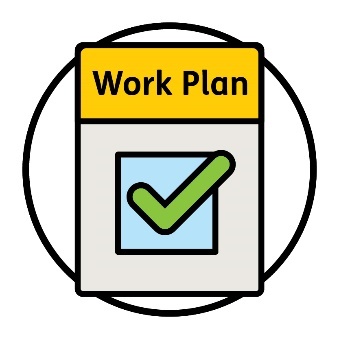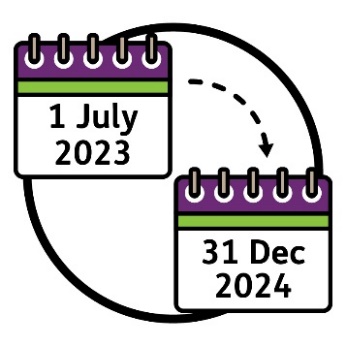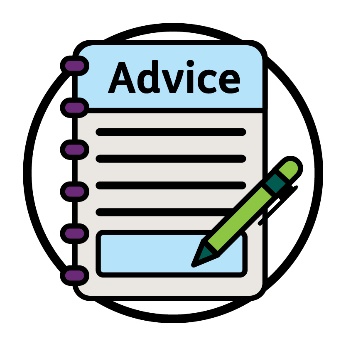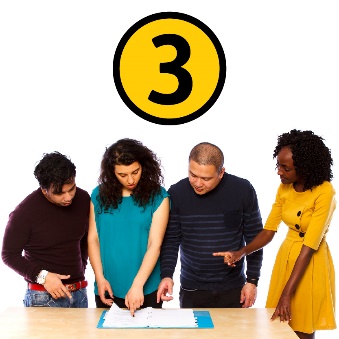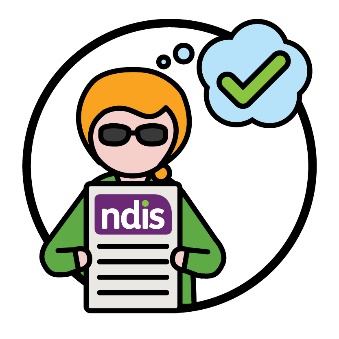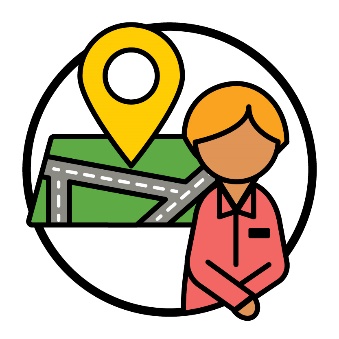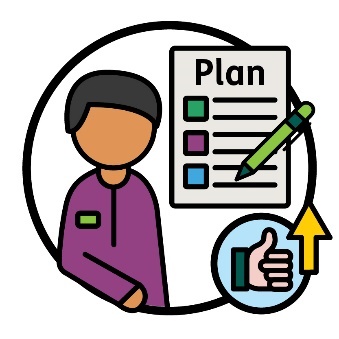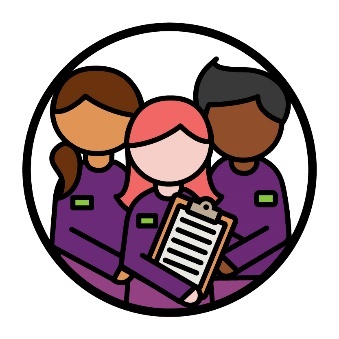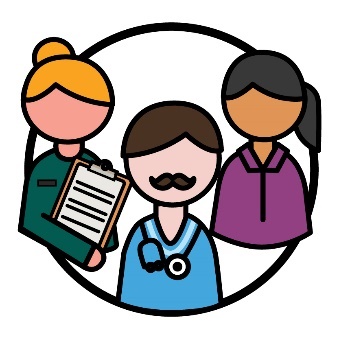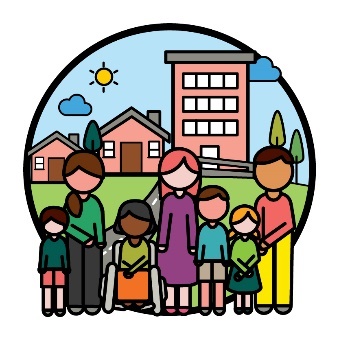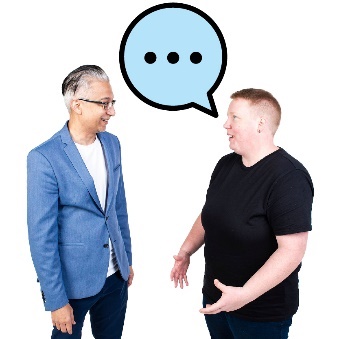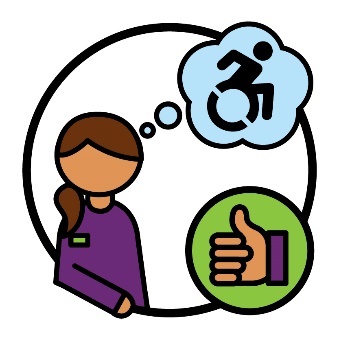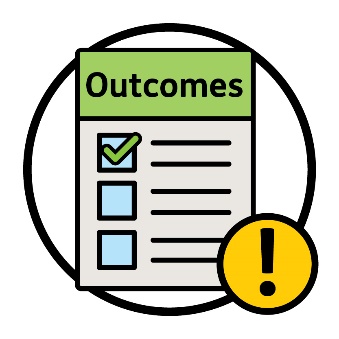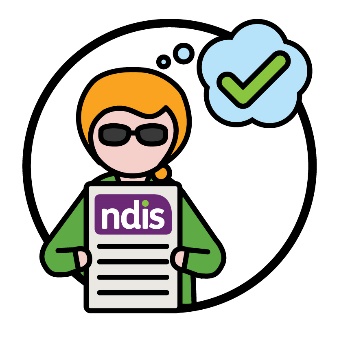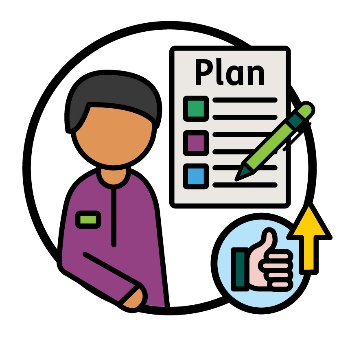Our Work Plan
|
|
Reference Group members looked at what their Work Plan will focus on. The Work Plan is a document that explains what the Reference Group will work on. |
|
|
The Reference Group will use this Work Plan from:
to
|
|
|
They will also use the Work Plan to support the advice they give the IAC. |
|
|
Members picked 3 areas that focus on home and living to include in the Work Plan. |
The 3 areas are: |
||
|
|
1. How well participants understand and use the NDIS |
|
This includes supporting participants to: |
||
|
|
|
|
|
|
|
|
|
|
An LAC is someone who helps people with disability find and use supports and services. |
|
|
|
2. Improve how the NDIA make plans |
|
|
|
For example, members want the NDIA to:
|
|
|
|
3. How the NDIS will work with others |
|
|
|
For example, how the NDIS will work with other organisations to support people who are homeless. |
|
|
|
People who are homeless do not have a home. They must find a place to sleep each night. |
|
|
|
Members explained that many home and living issues are because of bad attitudes about disability. |
|
|
|
Your attitude is what you think, feel and believe. |
|
This includes the attitudes of people from: |
||
|
|
|
|
|
|
|
|
|
|
|
|
Members shared that they want to change these attitudes about disability so that people: |
|
|
|
|
|
|
|
|
|
|
|
|
Members also shared that the NDIA should include good attitudes about disability in their Reform for Outcomes work. |
|
|
The Reform for Outcomes will focus on what the NDIA can change to support better outcomes. Outcomes are important results we want to get for people with disability. |
Members agreed that their work will first focus on: |
|
|
|
|
|
|
|
